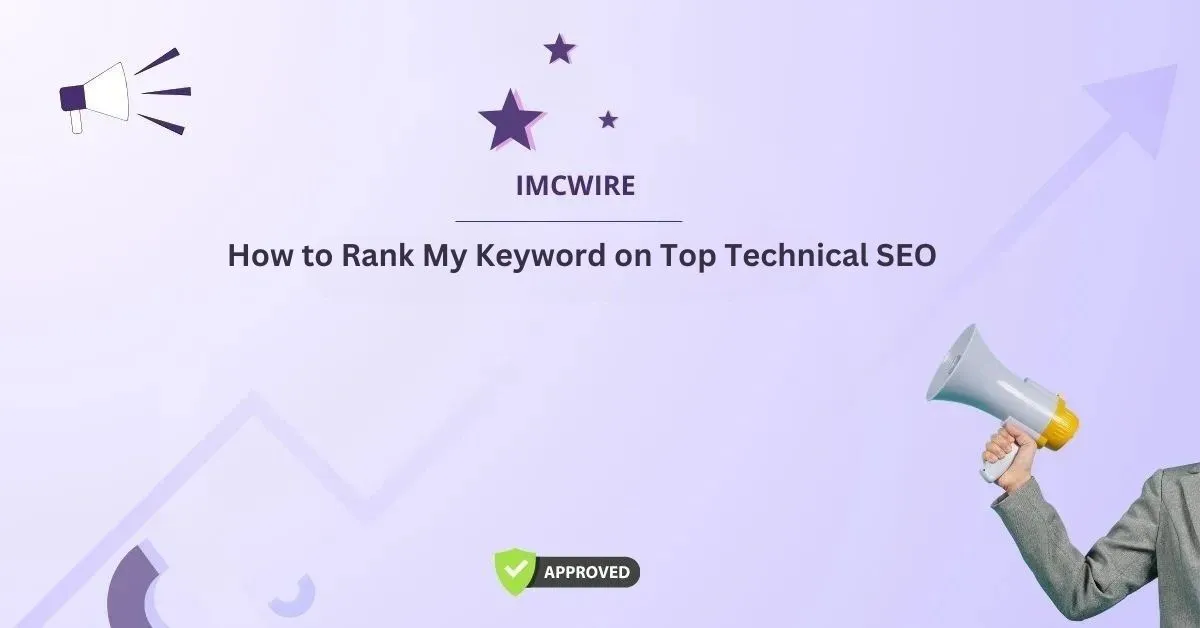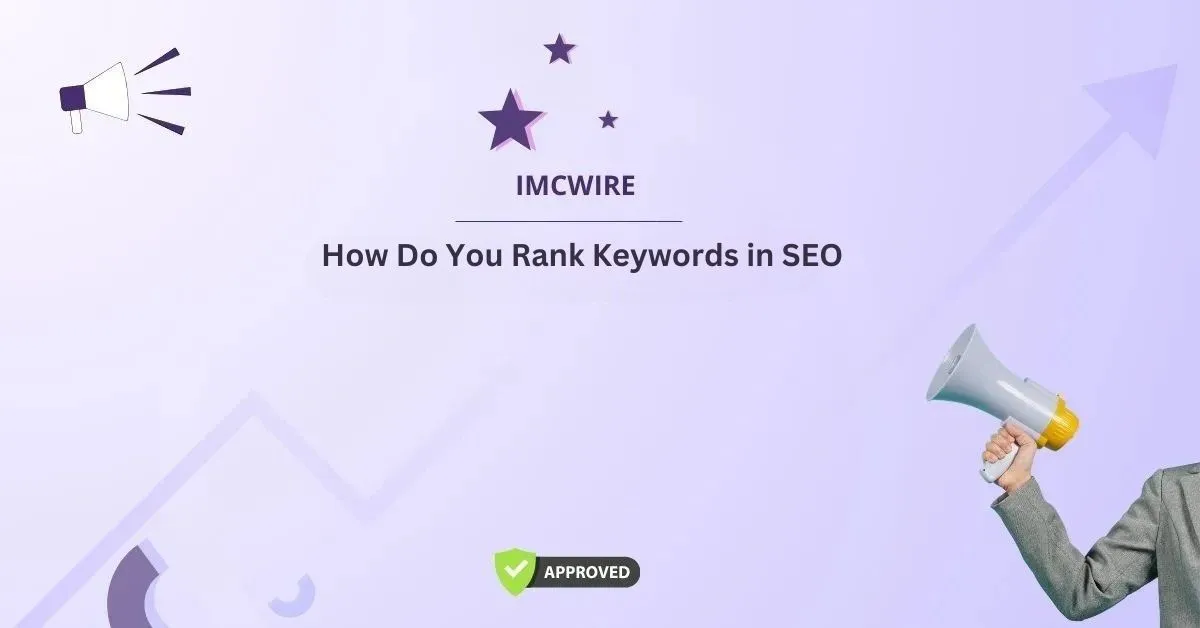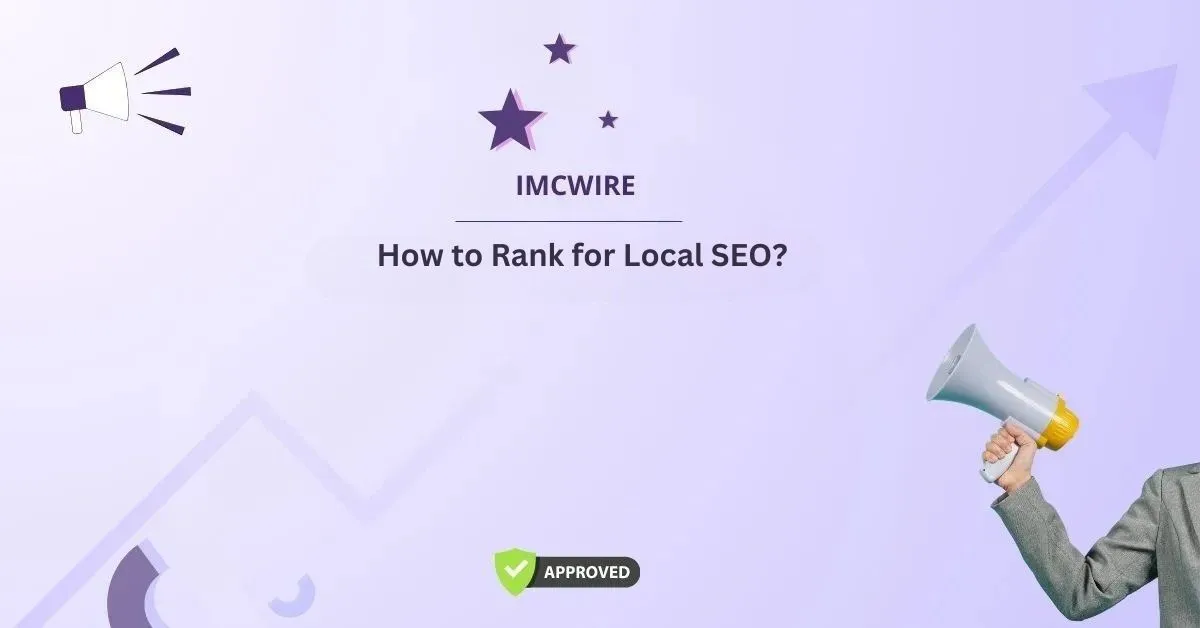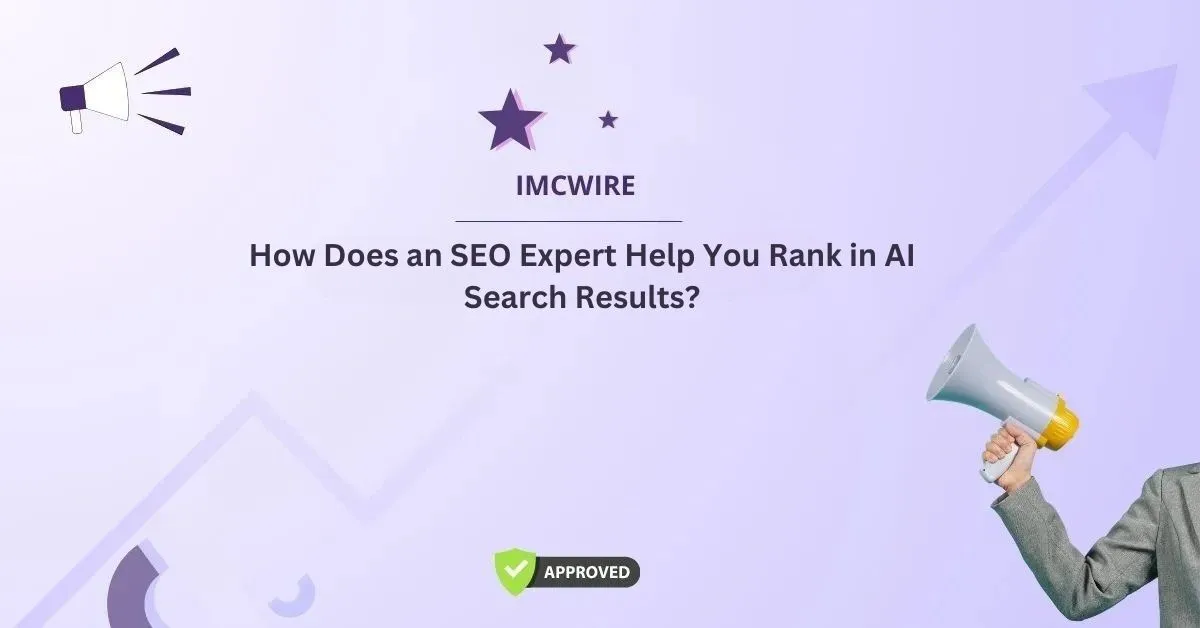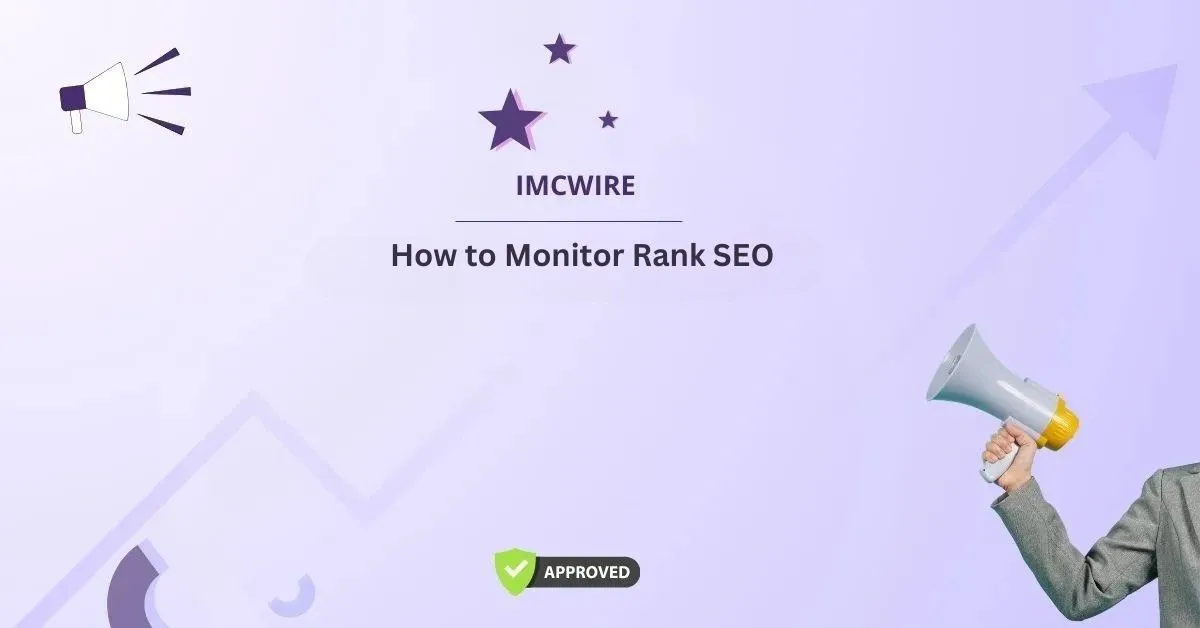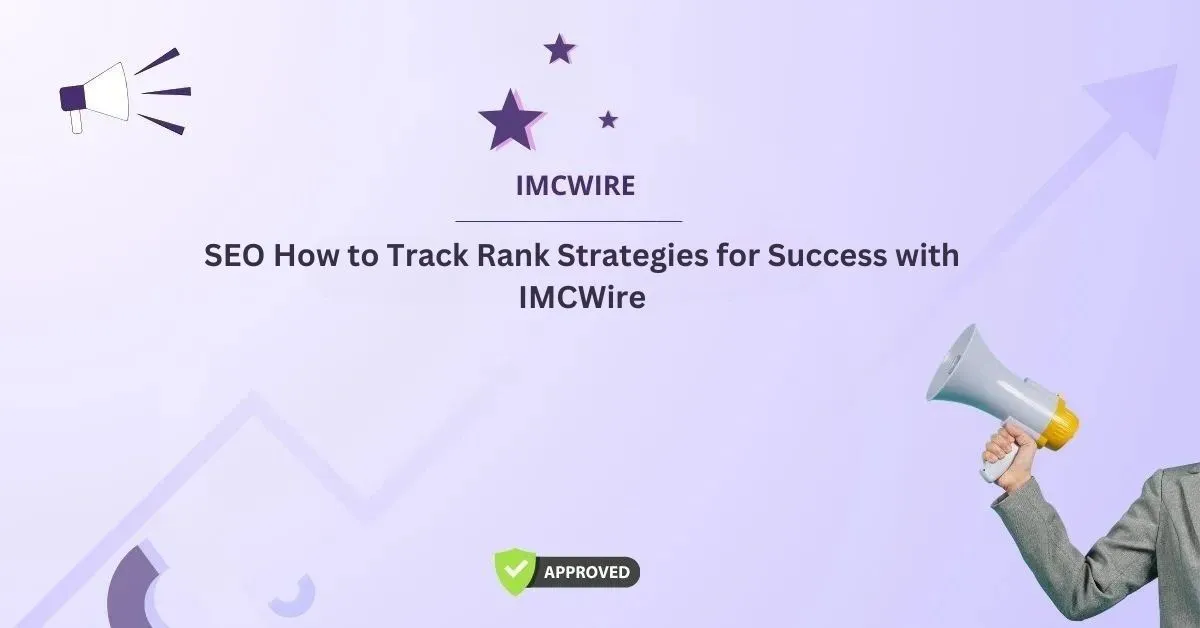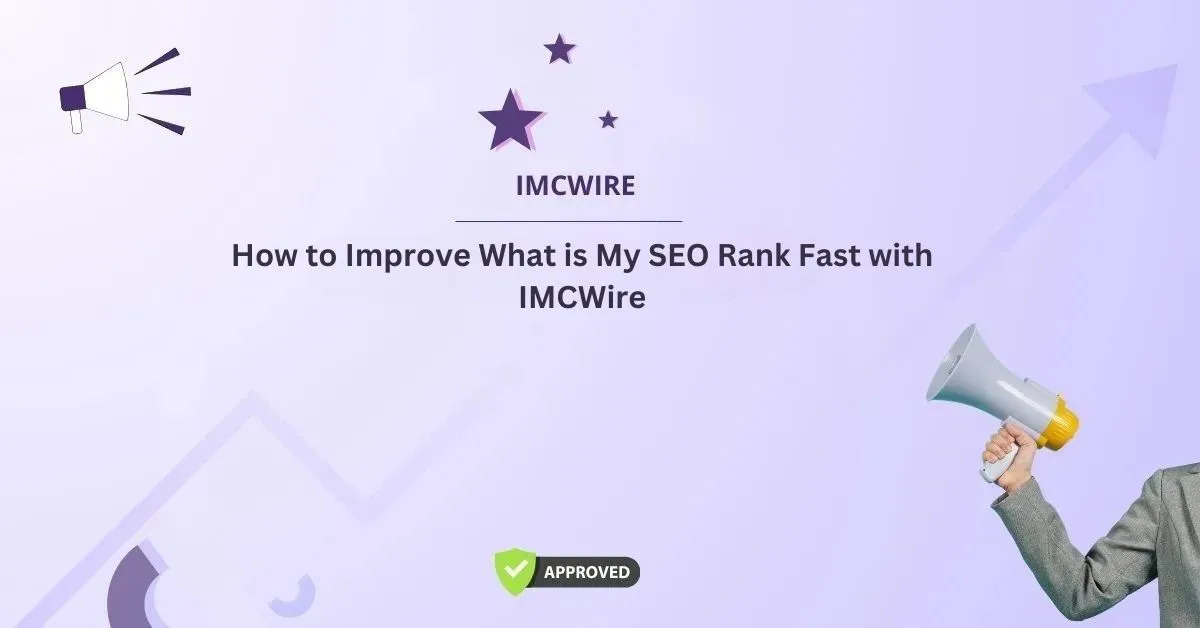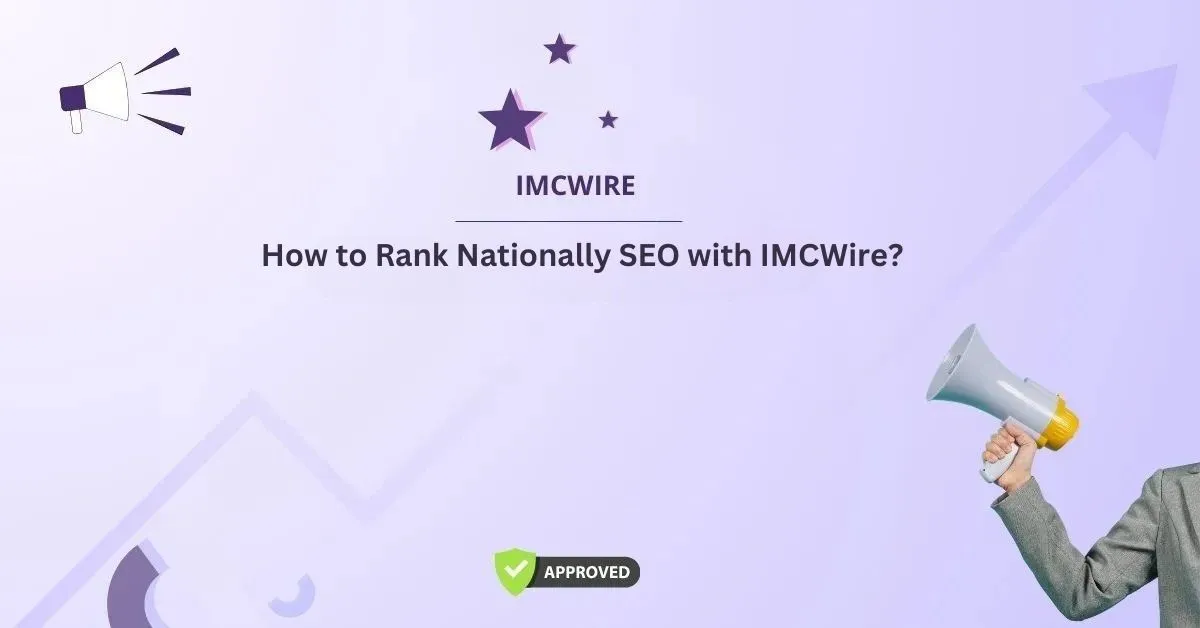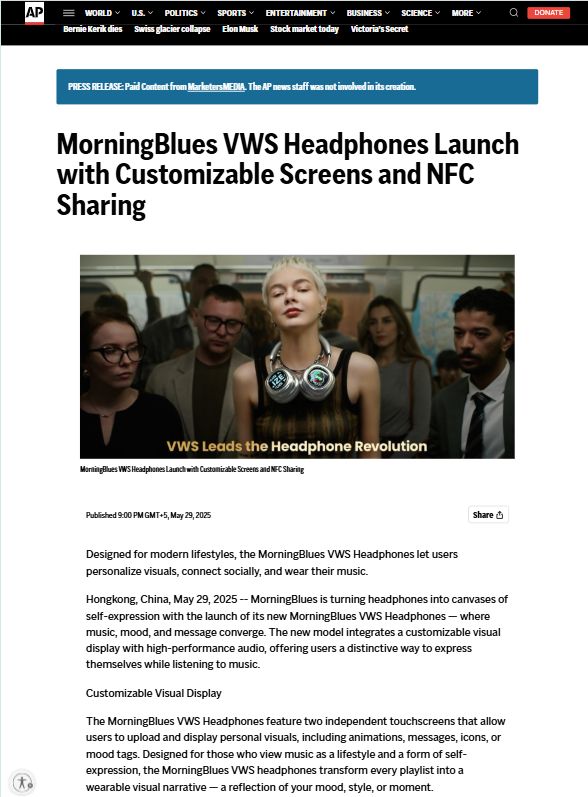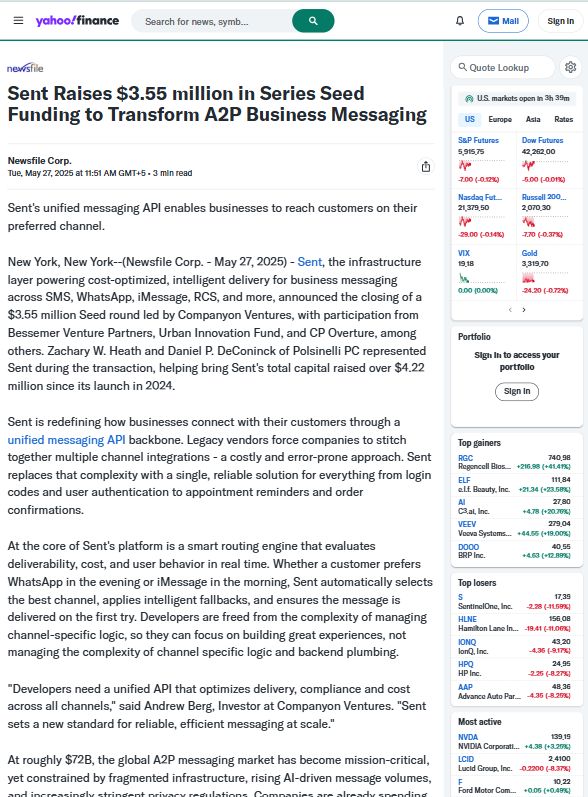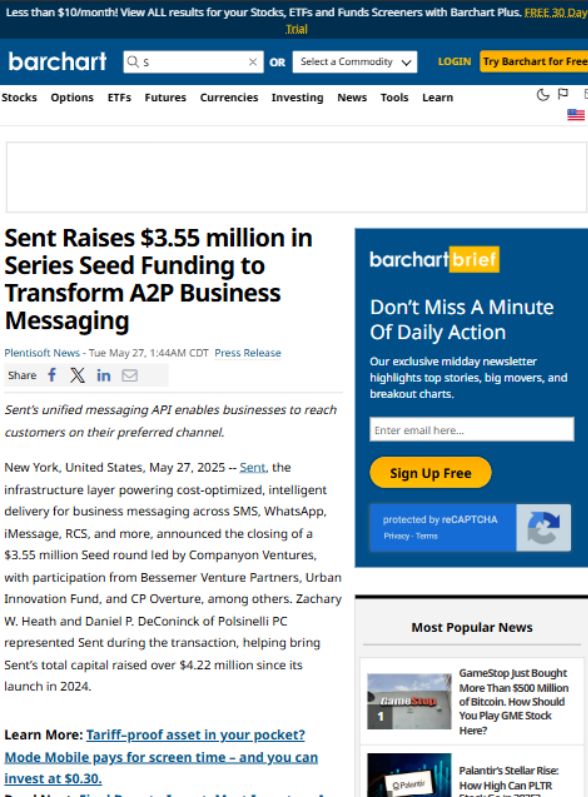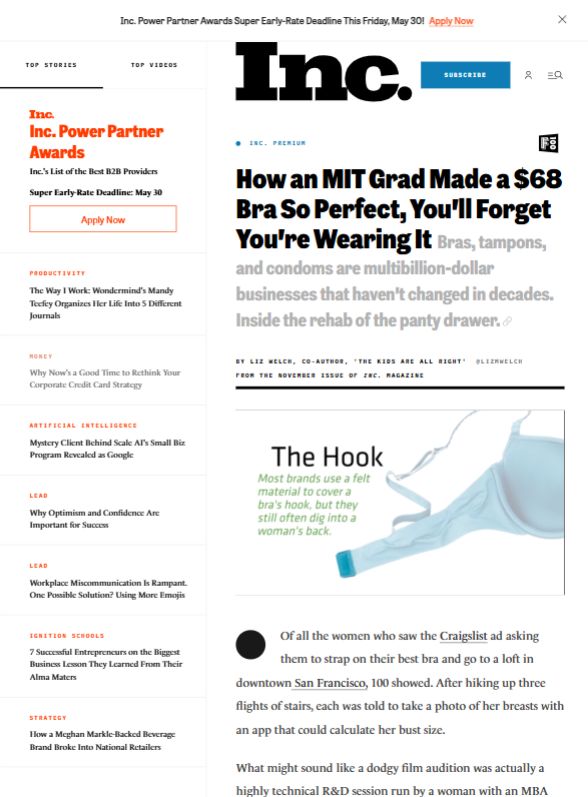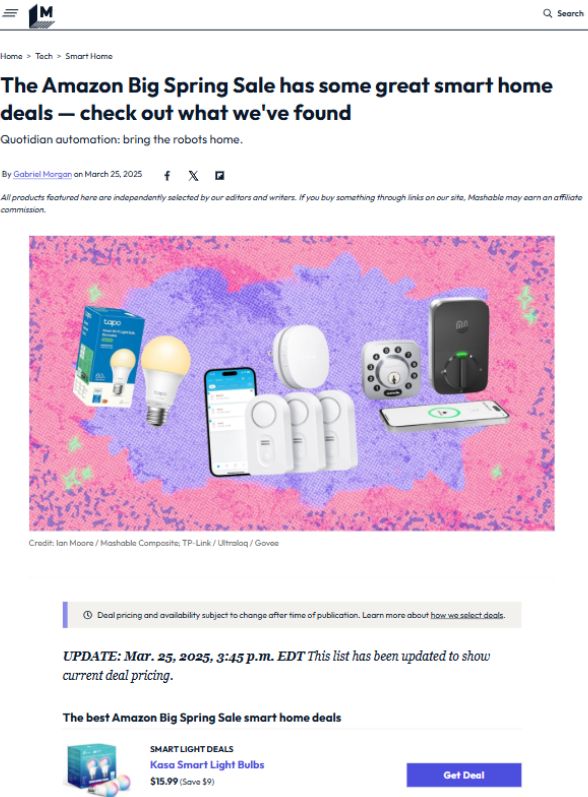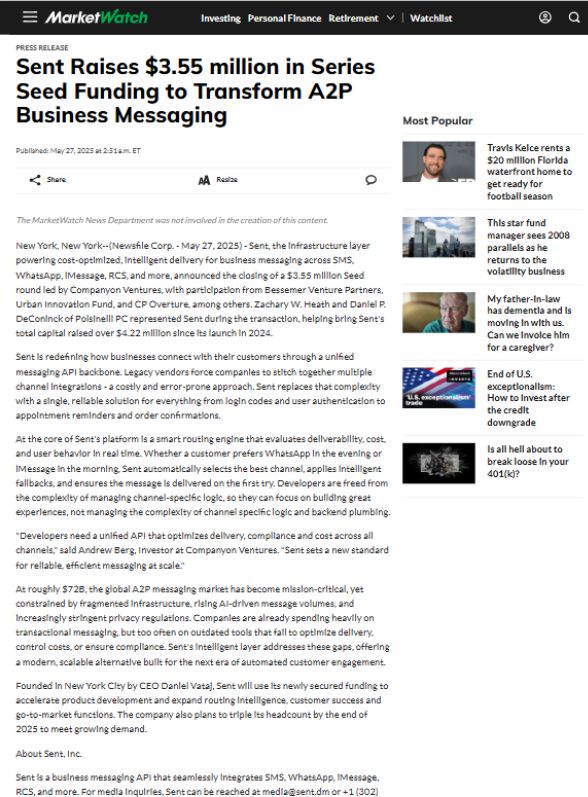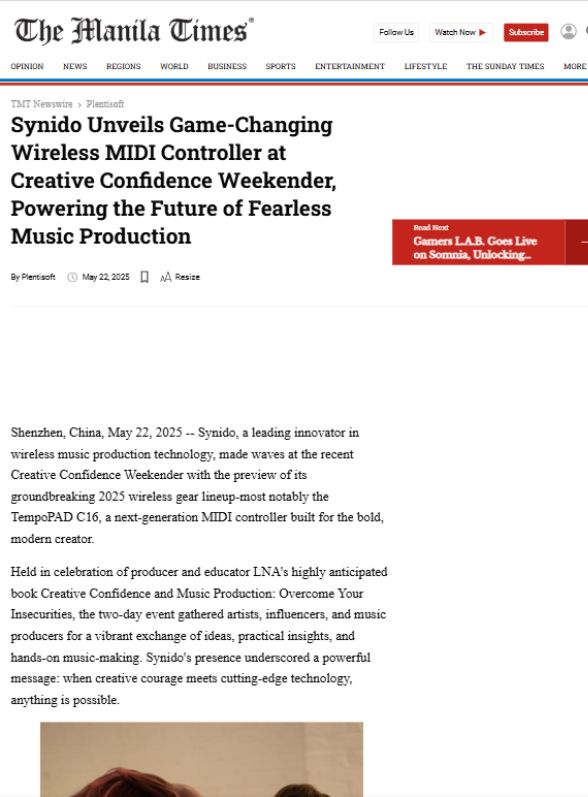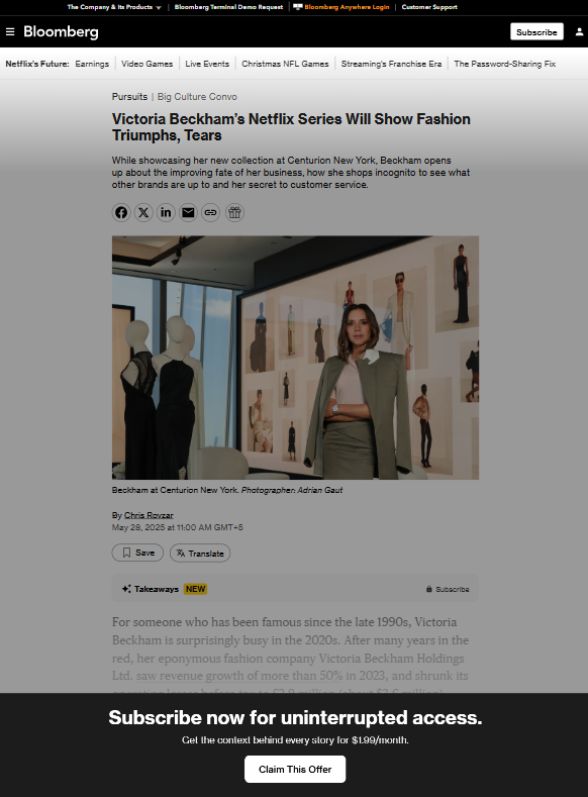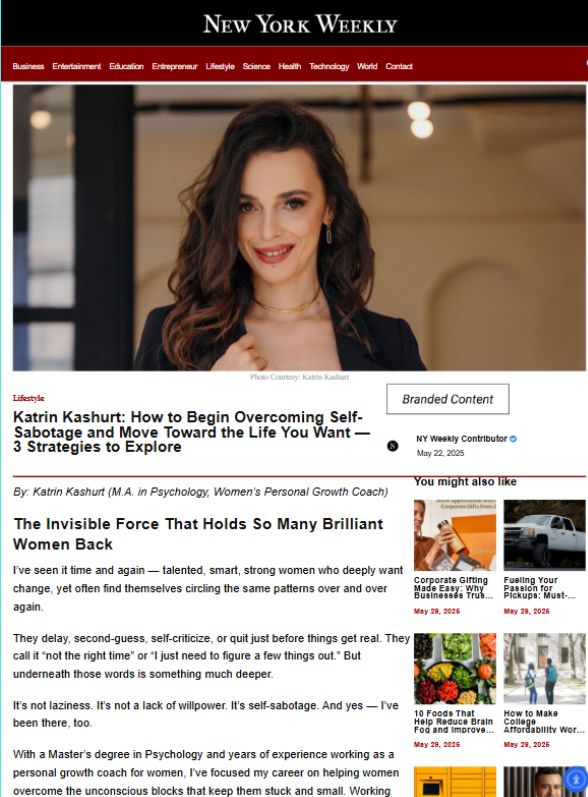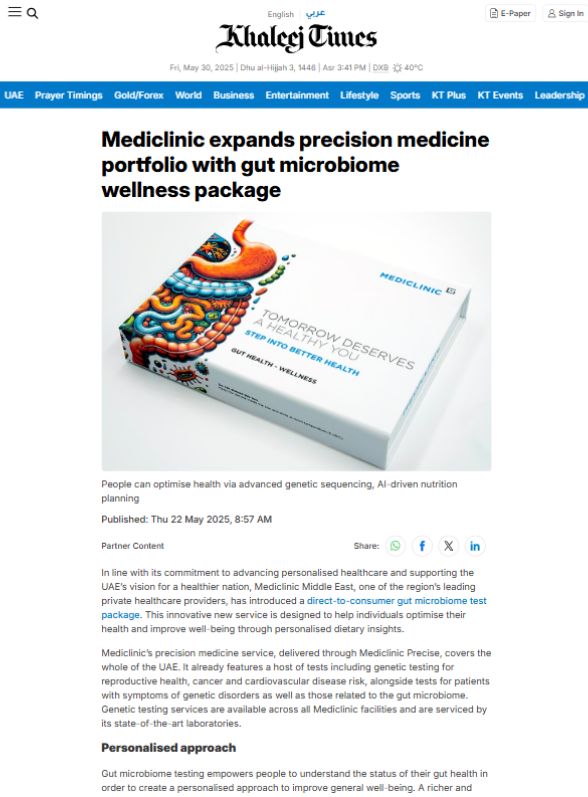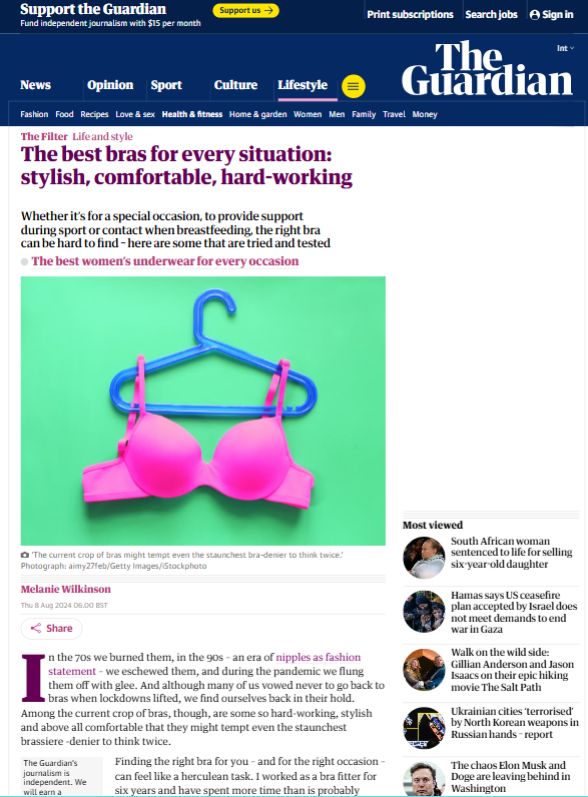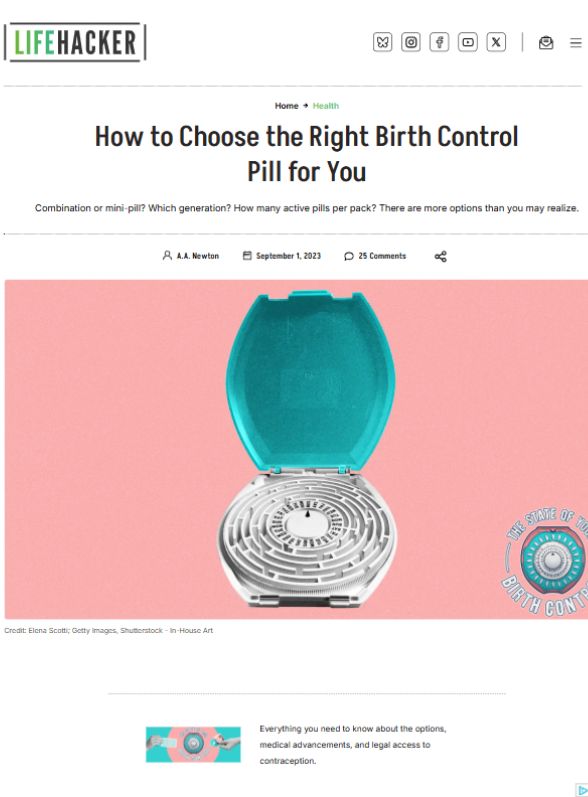In today’s highly competitive market, businesses and organizations strive to stand out and capture the attention of potential customers. The best way to achieve this is through effective publicity and advertising. These two pillars are fundamental to building brand awareness, driving sales, and ultimately achieving business success. While the terms “publicity” and “advertising” are often used interchangeably, they each play distinct roles in a marketing strategy. Understanding the differences and how they work together can help organizations leverage them for maximum impact.
Table of Contents
Understanding Publicity and Advertising
Before diving into how publicity and advertising contribute to a brand’s marketing efforts, it’s important to understand what each term entails.
Publicity refers to the strategic communication efforts that a company or organization uses to generate public attention. Unlike advertising, which is paid for, publicity is typically earned through media coverage, such as news stories, blog posts, interviews, and press releases. The goal of publicity is to create positive perceptions and gain free exposure by getting a brand or product mentioned in reputable sources.
Publicity can take several forms, including media coverage, influencer endorsements, and event promotions. This type of communication is often viewed as more credible because it comes from third-party sources, such as journalists or influencers, rather than directly from the brand itself. As a result, publicity can build trust with consumers and increase brand reputation.
Advertising, on the other hand, is a paid form of communication where a business or organization pays for space or airtime to promote its products or services. Advertising can take many forms, including television commercials, print ads, online banners, social media posts, and more. Unlike publicity, advertising allows a brand to control the message and how it is presented to the target audience.
While publicity is earned, advertising is paid, which gives brands more control over the content, timing, and placement of their messages. Advertising can also be targeted to specific demographics, ensuring that the right message reaches the right audience at the right time. The goal of advertising is to persuade consumers to take action, whether it’s making a purchase, signing up for a newsletter, or visiting a website.
The Role of Publicity in Marketing
Publicity plays an essential role in building brand recognition and trust. Because publicity is often seen as more genuine and unbiased, it has the potential to create a lasting impact on a brand’s image. Here are some ways that publicity can positively influence a marketing campaign:
- Building Credibility and Trust: Publicity helps a brand establish itself as an authority in its industry. Media outlets, influencers, and bloggers can provide valuable endorsements that resonate with consumers, especially when those endorsements come from trusted sources. For example, a well-known journalist reviewing a product positively or a celebrity endorsing a brand can elevate that brand’s reputation and make it more credible to the target audience.
- Increasing Brand Awareness: Publicity can significantly increase a brand’s visibility, especially when it reaches a large audience. When a company gets media coverage or is featured in a popular blog or news outlet, it exposes the brand to new customers who may not have been aware of its products or services. This type of exposure can be invaluable for growing a business and reaching new markets.
- Generating Word-of-Mouth Referrals: Publicity often sparks conversations among customers, leading to word-of-mouth referrals. When people hear positive news about a brand, they are more likely to share it with their friends and family. This organic growth can lead to increased customer loyalty and advocacy, which can be more effective than any paid advertisement.
- Enhancing Reputation During Crisis Management: Publicity can also play a key role in managing a brand’s reputation, particularly during times of crisis. A well-timed media statement or press release can help shape public perception and mitigate damage caused by negative events. Companies that are proactive in addressing issues through media channels can often recover more quickly and rebuild consumer trust.
The Importance of Advertising in Marketing
While publicity offers credibility and organic growth, advertising gives brands the ability to create controlled, strategic messaging. Advertising allows companies to reach a broad audience, communicate their value proposition, and drive immediate action. Here’s why advertising is a crucial part of any marketing strategy:
- Targeted Messaging: Advertising provides companies with the tools to target specific segments of the population. Using data-driven insights, businesses can tailor their messages to appeal to the needs and desires of different demographics. For example, digital advertising on platforms like Facebook and Google enables brands to narrow down their audience based on age, location, interests, and online behavior. This level of targeting increases the chances of reaching the right audience and improving the ROI of marketing efforts.
- Control Over the Message: Unlike publicity, where the message is often subject to interpretation by journalists or media outlets, advertising allows businesses to have full control over their content. Brands can craft the message they want to convey, choose the tone and style, and ensure the message aligns with their overall marketing objectives. Whether it’s a humorous TV commercial or a serious social media post, advertising gives companies complete creative freedom.
- Measurable Results: One of the main advantages of advertising is that its effectiveness can be measured. Businesses can track the performance of their ads through metrics like clicks, conversions, impressions, and ROI. This data provides valuable insights into how well the campaign is performing and whether adjustments need to be made. Whether it’s a digital ad, print campaign, or TV commercial, the results of advertising can be quantified and analyzed in real-time.
- Brand Reinforcement: Advertising is an ongoing process, and consistent messaging through paid ads helps reinforce a brand’s identity and positioning. Repetition of the brand message through different forms of media keeps the brand top-of-mind for consumers, encouraging repeat purchases and brand loyalty. Whether through TV ads, online display ads, or social media campaigns, advertising ensures that a brand stays visible to its target audience.
Integrating Publicity and Advertising for a Strong Marketing Strategy
While both publicity and advertising have distinct benefits, the real magic happens when these two strategies are used in tandem. A well-rounded marketing approach that integrates publicity and advertising can help brands build awareness, credibility, and customer loyalty. Here’s how to effectively combine both:
- Leverage Publicity to Support Advertising Efforts: When a brand gains positive publicity, it can use that as social proof in its advertising campaigns. For example, a company might include media quotes or customer testimonials in its ads, showcasing third-party validation. This combination can make the advertising message more persuasive, as consumers are more likely to trust a brand that has earned recognition from others.
- Use Advertising to Amplify Publicity: Advertising can help amplify the impact of positive publicity. For instance, if a brand is featured in a major publication, it can create an ad campaign that highlights the media coverage. This not only reinforces the positive publicity but also extends the reach of the message to a wider audience. By combining the credibility of publicity with the targeted reach of advertising, companies can create a stronger impact.
- Synchronize Campaigns Across Multiple Channels: For maximum effectiveness, businesses should synchronize their publicity and advertising efforts across multiple channels. A cohesive campaign that uses both paid advertising and earned media coverage can create a consistent and powerful brand message. Whether it’s through TV commercials, social media posts, influencer partnerships, or media interviews, coordinating these efforts ensures that the brand message is reinforced across all touchpoints.
Conclusion
In the ever-evolving world of marketing, publicity and advertising remain two of the most powerful tools at a company’s disposal. While they have different functions, both can contribute to building brand awareness, fostering customer trust, and driving sales. Publicity provides credibility and organic growth through earned media, while advertising offers the ability to control the message and reach a targeted audience. By integrating both strategies into a comprehensive marketing plan, businesses can strengthen their brand presence, improve customer relationships, and achieve long-term success.




